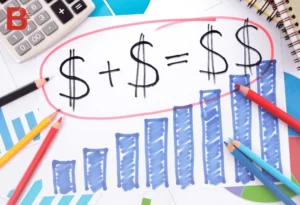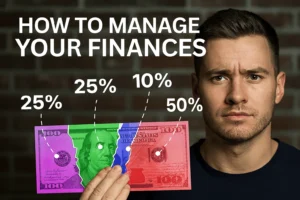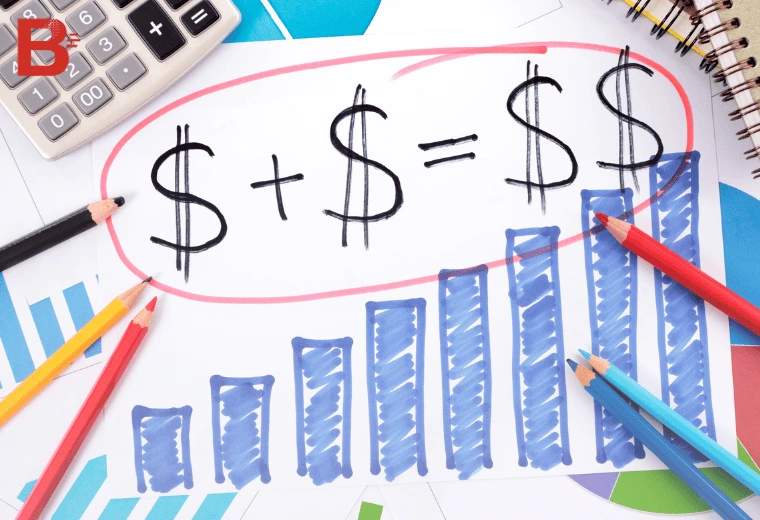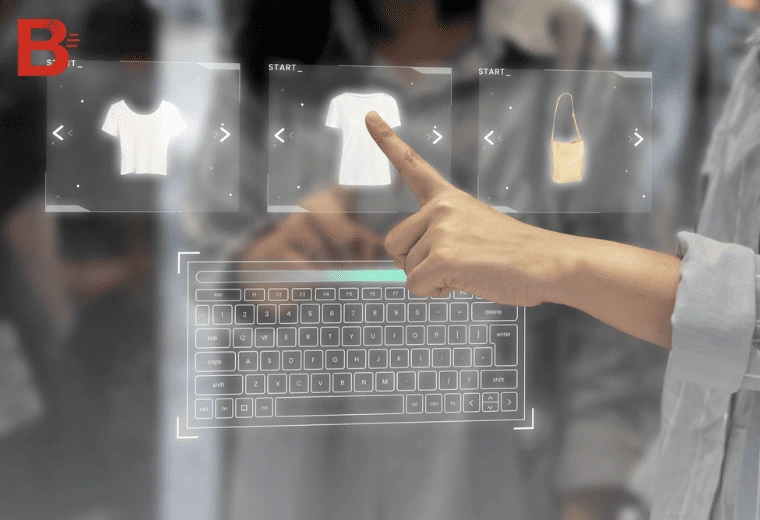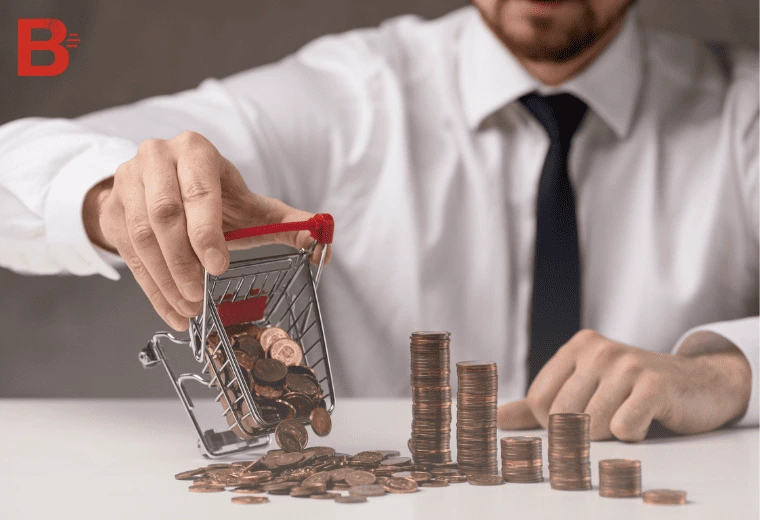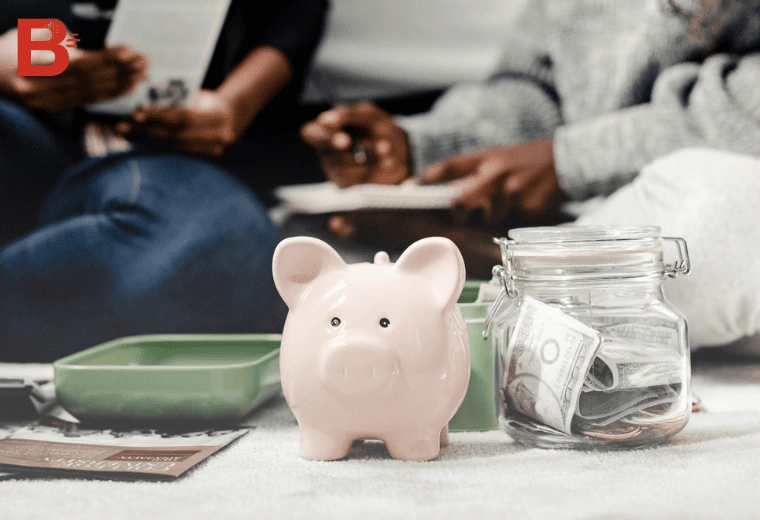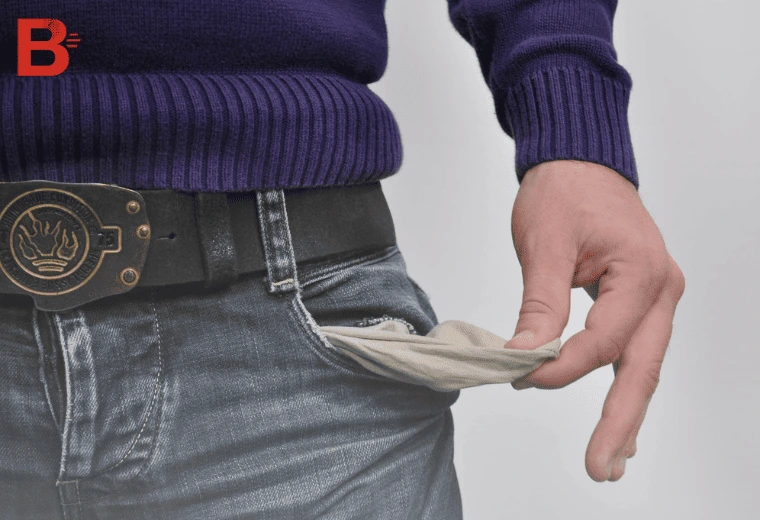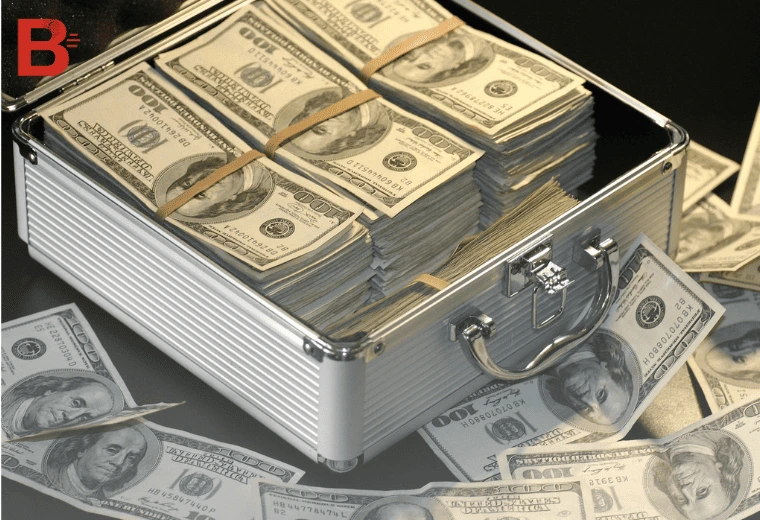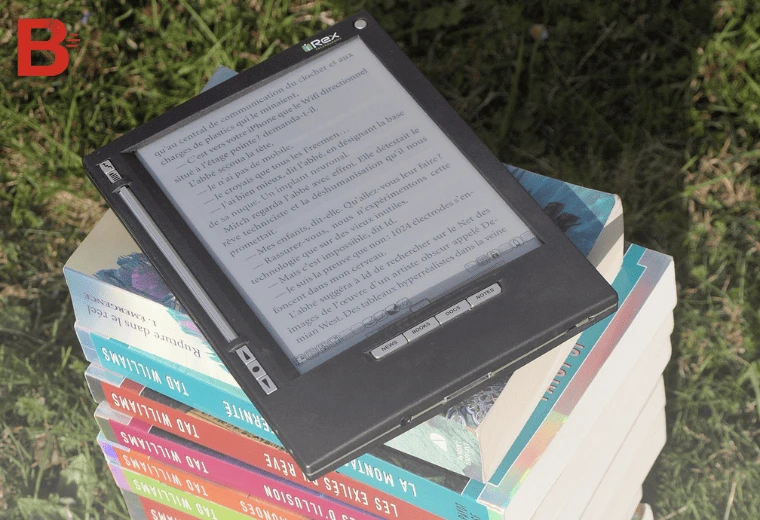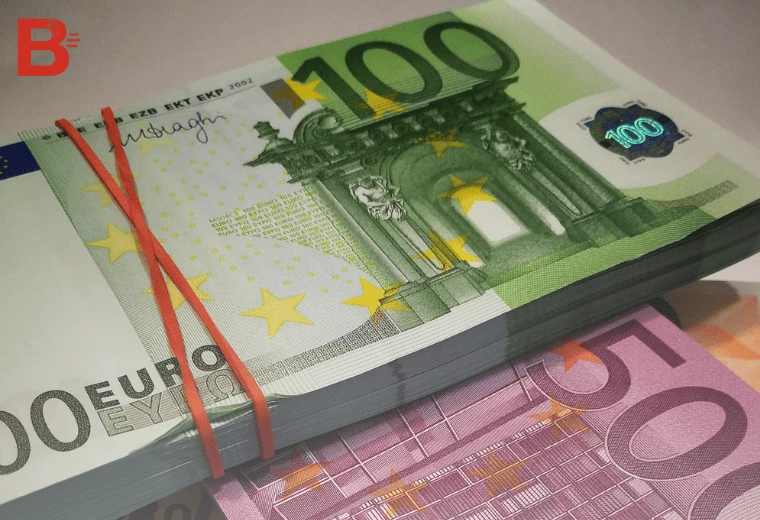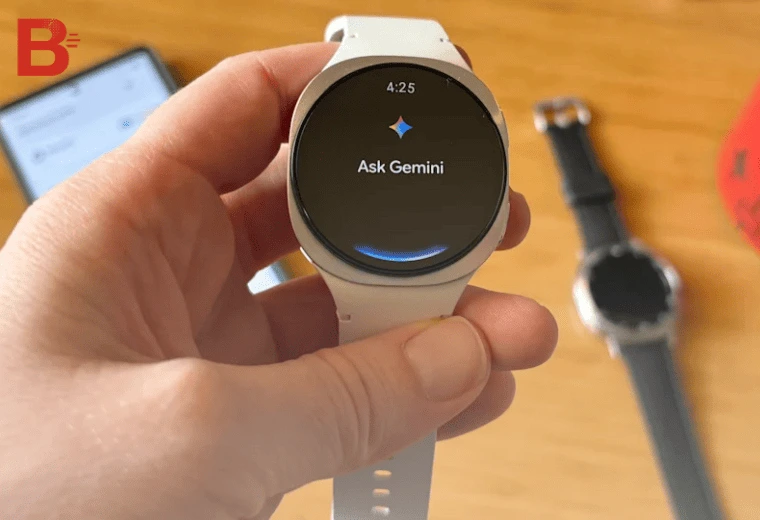How to start investing online are you a beginner looking to start investing but only have $100? You’re not alone. One of the most common questions I get as a millionaire investor is: “What’s the best way to start investing online with a hundred bucks?”
To answer that, I ran a real-world experiment: I invested $100 into five different types of assets — all accessible online — and left them alone for four years. In this in-depth post, you’ll see how each investment performed, what I learned, and what I recommend if you’re just getting started.
We’ll rank each investment based on:
- Learning curve (how easy it is to understand and start)
- Passive income potential
- Tax efficiency
- Risk level
- Real return after four years
Let’s dive into the five investments — all manageable from your laptop — and reveal which one truly delivers the best bang for your hundred bucks.
1. Individual Stocks
How to start investing online
How to start investing online so, you’ve got 100 bucks burning a hole in your pocket and a dream of becoming the next investing legend? Good news — you don’t need Wall Street connections or a finance degree to get started. In fact, I set out to answer one simple question: “What’s the best way for beginners to start investing online with just $100?”
Fast-forward four years and five investments later, and I’ve got answers. Real ones. With receipts.
Whether you’re saving for a beachside retirement or just want to stop feeling guilty about spending $7 on coffee, this guide is for you. No fluff, no jargon — just results.
Here’s what I tested:
- Individual Stocks – Exciting but risky, like dating a DJ.
- REITs – Passive income with real estate? Yes please.
- Crypto – The wild west of investing. High risk, high reward.
- Gold – Classic, reliable, a little bit shiny.
- Index Funds – Boring? Maybe. Effective? Absolutely.
Let’s break them down by:
- How easy they are to learn
- How much passive income they bring in
- How good they are for taxes (nobody wants to give more to the tax man)
- Risk level
- And the big one: actual returns after 4 years
Spoiler alert: One turned $100 into over $650. Another lost almost a third. And the best one? Might surprise you.
Whether you’re investing from your laptop at a café or between Netflix episodes, these options are accessible, beginner-friendly, and come with some key lessons you won’t learn scrolling TikTok.
Pro tip: You don’t have to be rich to get rich. You just have to start smart.
In this updated, no-nonsense guide, I’ll show you how each investment performed, what I learned, and where I’d put my first hundred bucks if I had to do it all over again — all with a chill, relatable tone because finance doesn’t have to be boring.
Let’s get into it.y. Start by practicing with a demo account on apps like Trading 212 or Robinhood, and always diversify.
2. REITs (Real Estate Investment Trusts)
How to start investing online
Learning Curve: Moderate
Passive Income Potential: Excellent
Tax Efficiency: Great (especially inside tax-advantaged accounts)
Risk Level: Medium
4-Year Result: $110.52 (+10.52% including dividends)
So, what exactly is a REIT — and why should you care?
Imagine investing in real estate without ever dealing with tenants, broken toilets, or scary mortgage payments. That’s the beauty of a REIT. It’s like owning a slice of a shopping mall, hotel, or apartment complex — without ever stepping inside it.
Here’s how it works: a REIT is a company that collects money from thousands of investors (like you), uses that pool of cash to buy income-generating properties, and then shares the rental income with you. Think of it as the Airbnb host who does all the work while you just chill and collect your cut.
But the real magic? By law, REITs are required to pay out at least 90% of their profits to shareholders. That means cold, hard cash in your account — regularly.
When I dropped $100 into a commercial real estate REIT via Trading 212, I didn’t expect fireworks. And to be honest, the value of the REIT itself dipped a little thanks to the pandemic (because, well, office buildings weren’t exactly thriving). But the steady stream of dividends saved the day.
Over four years, I earned $11.93 in dividends, which brought my total return to $110.52. That’s a 10.52% gain — not life-changing, but definitely better than watching that money sit sad and lonely in a savings account earning 0.01% interest.
Why REITs Are a Vibe for Beginner Investors
Consistent income: Perfect if you like the idea of making money while doing literally nothing.
Low barrier to entry: You don’t need $100K to get started in real estate. You can start with $10.
Diversification: REITs usually own a whole portfolio of properties, so your money isn’t tied to one location or deal.
Tax perks: In many countries, you can hold REITs inside a tax-free or tax-deferred account. That means more money in your pocket.
The Downside?
They’re not bulletproof. If the real estate market tanks, or the REIT can’t keep its buildings filled, your income and investment could suffer. Also, not all REITs are created equal — some are amazing, others are duds. So do a little homework before jumping in.
TL;DR: REITs are the chill way to invest in real estate. Great for passive income, even better when held in the right account. Not risk-free, but definitely beginner-friendly.
If you’re looking for a steady income stream, some real estate exposure, and you want to feel fancy telling people you “invest in property” — REITs are where it’s at.
3. Cryptocurrency (Bitcoin)
How to start investing online
Learning Curve: Moderate
Passive Income Potential: Moderate (staking, yield farming)
Learning Curve: Moderate
Passive Income Potential: Moderate (staking, yield farming)
Tax Efficiency: Poor
Risk Level: Very High
4-Year Result: $652.24 (+552.24%)
Let’s talk crypto — the internet’s favorite rollercoaster.
Cryptocurrency, especially Bitcoin, has been the wild child of the financial world for over a decade. It’s digital money that doesn’t answer to banks, governments, or Wall Street suits. Instead, it runs on a decentralized network of computers that keeps everything transparent and (mostly) secure.
So why are people so hyped about it?
Well, when I tossed $100 into Bitcoin back in 2021 using Coinbase, I honestly expected a bumpy ride. I didn’t trade, I didn’t stake — I just let it sit there. Four years later, it was worth $652.24.
Yup, that’s a whopping +552.24% return — and no, that’s not a typo.
What Made Bitcoin Boom?
Two things: scarcity and demand. Bitcoin is capped at 21 million coins, ever. That’s it. No one can “print more” like fiat currency. As more people started to adopt and invest in Bitcoin — institutions, influencers, even some governments — demand skyrocketed.
Combine that with the fact that there are only so many coins to go around, and boom: price explosion.
But Let’s Keep It Real — Crypto Isn’t All Moonshots
Before you YOLO your rent money into the latest meme coin, here’s what you need to know:
Volatility is intense. A coin can be up 40% one week and crash 60% the next. If you can’t stomach mood swings, this might not be your lane.
Scams and rug pulls exist. From hacked exchanges to shady projects, the crypto space still has some wild west energy.
Tax nightmares. In many countries, every trade, no matter how small, is a taxable event. Tracking all that can be a mess.
Should You Try Crypto?
Sure — if you treat it like a high-risk, high-reward side hustle. Don’t go all in. Start small, learn the basics (seriously, watch a YouTube video or two), and only invest money you can afford to lose.
I personally still hold Bitcoin. It’s not my biggest investment, but I’m glad I got in when I did. And even now, I keep a little crypto in my portfolio — not because it’s safe, but because it’s got massive upside potential.
TL;DR: Bitcoin turned $100 into $652. But crypto isn’t a guaranteed win — it’s risky, volatile, and comes with a side of stress. Start small, stay informed, and don’t let FOMO drive your decisions.
Crypto’s not for everyone. But if you’re tech-curious, don’t mind a wild ride, and want a shot at big gains? It just might be your vibe.
4. Gold
How to start investing online
Learning Curve: Low
Passive Income Potential: None
Tax Efficiency: Good
Risk Level: Medium
4-Year Result: $140.10 (a +40.1% return)
Gold is the OG store of value. For thousands of years, people have used it to protect wealth during inflation and crisis.
Ways to invest in gold:
- Physical gold: Coins or bars (must store safely)
- Gold ETFs: Digital ownership through apps like Trading 212 or Vanguard
I used a Gold ETF for convenience and invested $100. Four years later: $140.10 — a steady, respectable return.
Why gold works:
- Holds value during recessions
- Hedge against inflation
- Globally recognized store of value
Drawbacks:
- No income (no dividends or interest)
- Opportunity cost vs. stocks or crypto
Gold is a good defensive investment, especially in uncertain times.
5. Index Funds
How to start investing online
Learning Curve: Low
Passive Income Potential: Moderate
Tax Efficiency: Excellent
Risk Level: Low
4-Year Result: $179.57 (a +79.57% return)
If you want the easiest and smartest way to invest your first $100, start with index funds.
What are they? Index funds are like a bundle of stocks that track an entire market index, such as the S&P 500. When you invest, you own a tiny piece of all companies in that index.
Why they’re great for beginners:
- You don’t have to pick winners
- Ultra-low fees
- Automatically diversified
- Historically strong performance (8–10% annually over decades)
My investment in an S&P 500 index fund grew from $100 to $179.57 in 4 years.
Plus: If you invest via a Roth IRA (U.S.) or Stocks and Shares ISA (UK), you won’t pay taxes on gains or dividends.
This is where I personally invest most of my money. It’s boring but effective.
Final Ranking: Which Investment Is Best for Beginners?
| Investment Type | Return | Risk | Passive Income | Learning Curve | Tax Efficiency |
|---|---|---|---|---|---|
| Index Funds | +79.57% | Low | Moderate | Low | Excellent |
| Crypto (Bitcoin) | +552% | Very High | Low/Moderate | Moderate | Poor |
| Gold | +40.1% | Medium | None | Low | Good |
| REITs | +10.5% | Medium | High | Moderate | Great |
| Individual Stocks | -32.2% | High | Good | High | Great |
My Advice: Where Should You Invest Your First $100?
Alright, here’s the part
You’ve got your crisp hundred-dollar bill (or digital equivalent) and you’re ready to dip your toes into investing. But with so many options out there — from crypto rollercoasters to classic gold vibes — where should you a
If I were starting over today with just $100 and zero investing experience, here’s exactly what I’d do (and why):
1. Go Al
Index funds are the GOAT of beginner investing. They’re simple, low-cost, and historically super reliable. You’re not betting on one stock to win — you’re investing in hundreds at once. It’s like ordering the sampler platter of the stock ma
Why? The
Start here. You’ll thank yourself in 10 yea
2. Add a REIT for That Sweet, Sweet Passive Income
Once you’ve got your index fund foundation, sprinkle in a REIT. Why? Because dividends are amazing — especially when they land in your account like
Why? REITs
Just make sure to pick a solid, diversified REIT — not a sketchy one-off wit
3. Try a
Crypto is exciting, unpredictable, and potentially very rewarding — but it’s also the financial equivalent of spicy food. Start small and don’t ove
Wh A tiny i
Thin
4. Gol
Gold won’t make you rich overnight, but it’s the chill friend who’s always there when mark
Why? It’
Not essential, but great if you’re the type who likes a litt
5. Avoid Indiv
I know — picking a hot stock sounds fun. But unless you’ve done your homework and understand what
Why You
Tools to Help You Get Started
- Trading 212 (UK & Europe) – Great for stocks, REITs, gold ETFs
- Vanguard – Excellent for index funds
- Coinbase – Beginner-friendly crypto platform
- Robinhood (U.S.) – Commission-free investing for beginners
Many of these platforms offer demo accounts, so you can practice risk-free.
Final Thought: Time > Money
Even if you only have $100, what truly matters is starting now. Time is the most powerful asset you have as an investor. The sooner you begin, the more your money can grow — no matter how small it is today.
Start small. Stay consistent. Learn as you go. Your future self will thank you.

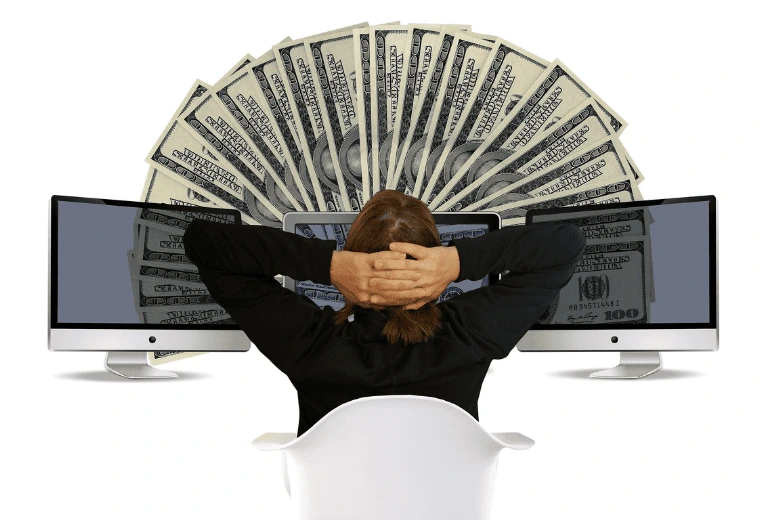
![Apple Watch Series 10 [GPS 46mm case] Smartwatch with Jet Black A...](https://m.media-amazon.com/images/I/41d54eAvMRL.jpg)
![Apple Watch SE (2nd Gen) [GPS 40mm] Smartwatch with Starlight Alu...](https://m.media-amazon.com/images/I/316IR-VGDlL.jpg)

